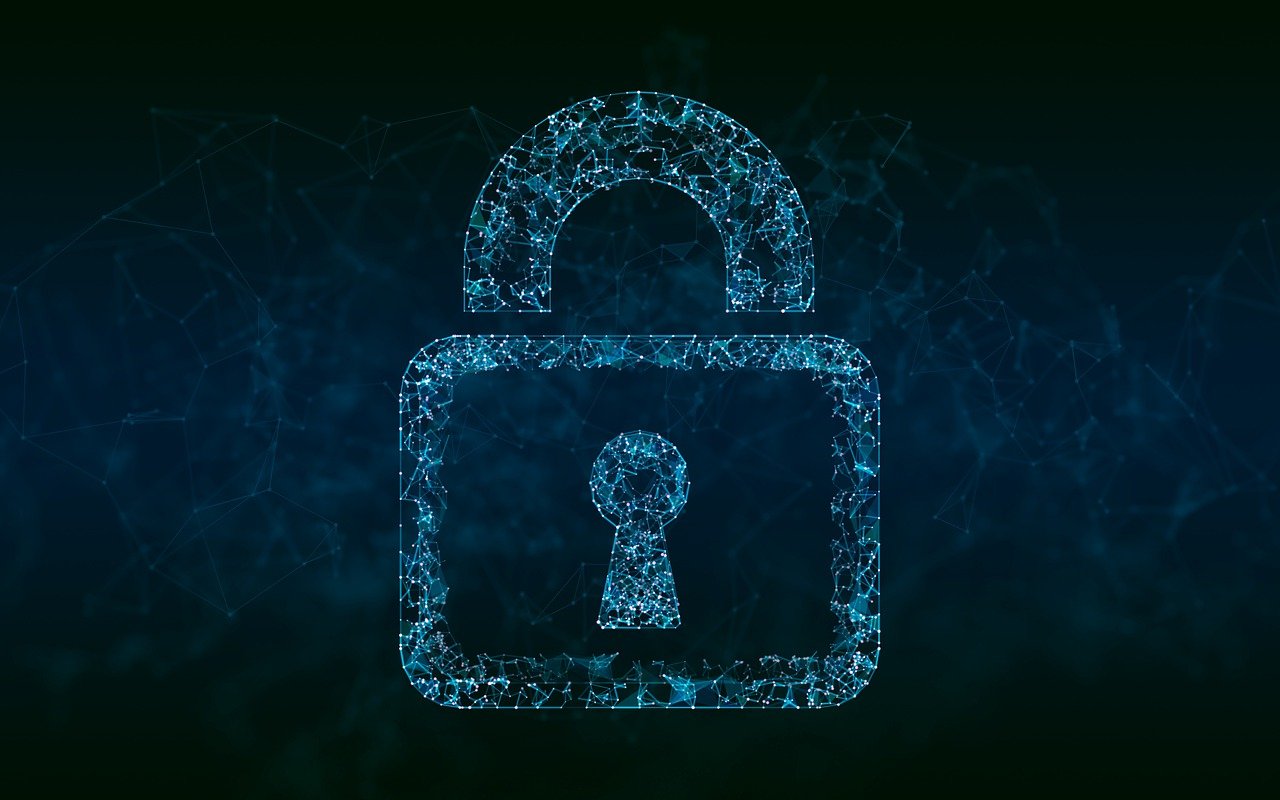· 5 min read
Impact of Data Loss on Business
Learn about the impact of data loss on business, and how to prevent it.

In today’s information-driven world, data acts as the lifeblood of modern businesses. Companies rely extensively on data, whether it’s customer information, business insights, financial records, or proprietary intellectual property, for decision-making and day-to-day operations. However, with this reliance comes great vulnerability, and the risk of data loss looms over enterprises of all sizes and across all industries. The impact of data loss on business can be catastrophic, and understanding the causes and types of data loss is crucial for developing comprehensive strategies to mitigate these risks.
Understanding the Risk of Data Loss
The risk of data loss is the potential for data to be compromised, destroyed, or become inaccessible to stakeholders who require it. Data loss can severely impact business operations, lead to financial loss, damage brand reputation, and result in compliance and legal challenges. Effective data management and rigorous security measures are essential components in addressing these risks.
Different Types of Data Loss
Several factors contribute to data loss risk, and understanding the types of data loss is necessary to craft strategies for prevention and recovery. Below are the primary types of data loss that can affect businesses:
1. Accidental Data Loss
Accidental data loss is one of the most common types of data loss, often caused by human error. Employees may accidentally delete important files, overwrite critical data, format the wrong drive, or email out sensitive data. While technological solutions can mitigate accidental deletions, such as version control and automatic backups, human error remains an unpredictable factor in the risk of data loss.
2. Hardware Failure
Hardware failures are a significant cause of data loss. Components like hard drives, servers, and storage devices can fail due to wear and tear, manufacturing defects, or other issues, leading to the loss of data stored on them. Regular maintenance and ensuring robust backup systems are in place can reduce the risk of loss of data due to hardware failure.
3. Software Corruption
Software corruption or malfunction can lead to data loss, where data could be rendered unusable or inaccessible. Software issues might arise from bugs, compatibility conflicts, or improper updates. To mitigate this risk, businesses need to ensure they have a reliable software management strategy, including regular updates and patches.
4. Cybersecurity Threats
Cybersecurity threats are increasingly contributing to data loss risk. Cyberattacks such as malware, ransomware, phishing, and hacking can lead to the unauthorized access and deletion of data. Strengthening cybersecurity defenses and promoting awareness within the organization are vital measures for protecting against these threats.
5. Natural Disasters
Natural disasters such as earthquakes, floods, fires, and storms pose a significant risk of data loss. Physical damage to data centers or storage facilities can result in the irreversible loss of critical data. Businesses must assess these risks and implement disaster recovery plans, including geographically redundant backups.
6. Theft and Vandalism
Data theft by insiders or unauthorized individuals, as well as acts of vandalism, can result in data loss. Whether through physical theft of devices or information or deliberate data destruction, these acts can severely impact businesses. Strengthening physical and digital security measures is imperative to prevent such occurrences.
What Causes Data Loss?
Data loss can have multiple causes, often intertwined or complex in nature. Below is an exploration of common data loss causes:
Insufficient Backups
A primary cause of data loss is inadequate or insufficient backup solutions. Without regular and reliable backups, a data loss incident can lead to irreversible damage. Businesses need comprehensive backup plans, including offsite and cloud-based options, to mitigate this risk.
Inadequate Security Measures
Lack of robust security protocols, poor access controls, and outdated security practices contribute significantly to the risk of data loss. Implementing strong encryption, multi-factor authentication, and regular security audits can help address these vulnerabilities.
Human Error
Human error remains a dominant cause of data loss. While technology can neutralize some risks, regular training and fostering a culture of data awareness and responsibility within the workforce are vital.
Software and Hardware Failures
As indicated previously, both software and hardware failures are substantial causes of data loss. Proactive strategies such as maintaining an inventory of software licenses, ensuring compatibility, and investing in quality hardware can prevent these failures.
External Factors
External factors, including natural disasters, power outages, and infrastructure failures, also pose significant data loss risks. Planning for contingencies with failover mechanisms and business continuity plans are necessary steps in mitigating such threats.
Mitigating the Impact of Data Loss
Understanding the various risks and causes associated with data loss is the first step towards mitigation. Companies must invest in comprehensive data management strategies that encompass prevention, detection, response, and recovery. This includes regular backups, strengthening security posture, training personnel, and complying with relevant regulations and standards.
The loss of data can have profound implications for a business, leading to operational disruption, financial losses, and even legal challenges. Therefore, developing robust data protection and loss prevention strategies is not merely a technical exercise; it is a critical business priority.
While the risk of data loss presents significant challenges for businesses, with informed strategies and a proactive approach, enterprises can safeguard their data assets effectively, ensuring business continuity and maintaining trust with their stakeholders.

